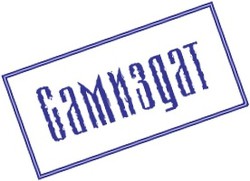
Аннотация
In my teaching both at the University of Washington and at various tech-focused conferences and meetups, one of the most common questions I have heard is this:
“how should I learn Python?” The people asking are generally technically minded students, developers, or researchers, often with an already strong background in writ‐ ing code and using computational and numerical tools. Most of these folks don’t want to learn Python per se, but want to learn the language with the aim of using it as a tool for data-intensive and computational science. While a large patchwork of videos, blog posts, and tutorials for this audience is available online, I’ve long been frustrated by the lack of a single good answer to this question; that is what inspired this book.
The book is not meant to be an introduction to Python or to programming in gen‐ eral; I assume the reader has familiarity with the Python language, including defining functions, assigning variables, calling methods of objects, controlling the flow of a program, and other basic tasks. Instead, it is meant to help Python users learn to use Python’s data science stack—libraries such as IPython, NumPy, Pandas, Matplotlib, Scikit-Learn, and related tools—to effectively store, manipulate, and gain insight from data.









Комментарии к книге "Python Data Science Handbook"